The competitive landscape of the Global Automotive Parts Magnesium Die Casting Market showcases an intriguing blend of innovation, technology, and strategic collaborations among key players. The market has been evolving rapidly due to the increasing demand for lightweight materials in automotive manufacturing, driven by the need for enhanced fuel efficiency and reduced emissions.
As automotive manufacturers strive to meet stringent regulations and consumer preferences for environmentally friendly vehicles, magnesium die casting emerges as a preferred solution owing to its superior properties, such as low density, high strength, and excellent machinability.
Companies in this sector are focusing on research and development to optimize their die-casting processes and develop advanced materials that can cater to the growing demands of the automotive industry.
Aluminium Corporation of China has established itself as a formidable player in the Global Automotive Parts Magnesium Die Casting Market, with a robust presence due to its significant production capabilities and vertically integrated operations. The company excels in providing high-quality magnesium alloys that are utilized in various automotive components, enhancing strength while minimizing weight.
Its strategic investments in advanced technology have allowed Aluminium Corporation of China to improve efficiency and reduce production costs, giving it a competitive edge. Moreover, the company's commitment to sustainable practices resonates well with the industry's shift towards greener alternatives, thus attracting partnerships with major automotive manufacturers who prioritize environmentally friendly production methods.
This positioning not only strengthens Aluminium Corporation of China's market share but also solidifies its reputation for innovation and excellence in the magnesium die-casting domain.
Castrol, renowned for its oil and lubricants, also plays a pivotal role in the Global Automotive Parts Magnesium Die Casting Market by providing advanced industrial lubricants specifically designed for die-casting processes. The company emphasizes the importance of lubrication in enhancing the quality of die-cast products, reducing defects, and improving production efficiency.
Castrol’s formulations are geared towards optimizing the die temperature and minimizing wear on dies, thus prolonging their lifespan and ensuring higher output rates. Additionally, the company leverages its extensive industry knowledge to offer tailored solutions that address the specific needs of automotive manufacturers, thereby establishing strong relationships and trust within this sector.
Castrol's innovative approach and its focus on collaborative problem-solving not only elevate its standing in the magnesium die-casting space but also align with the broader automotive industry's goals for sustainability and efficiency.


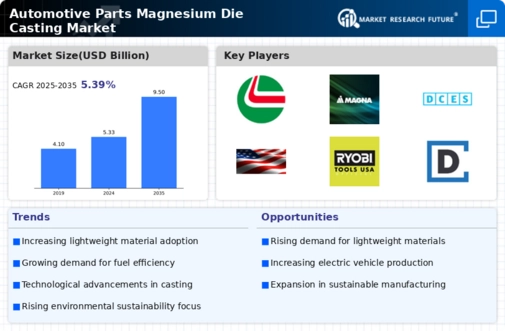
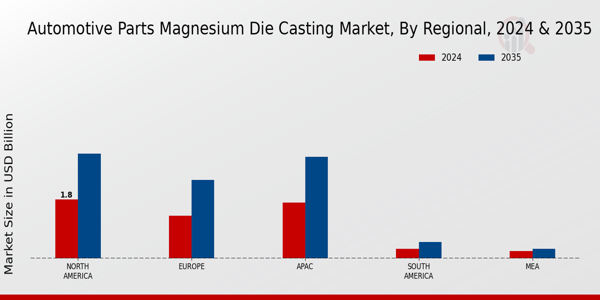

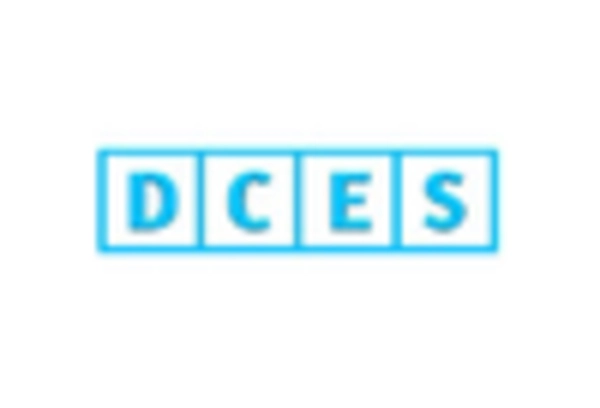

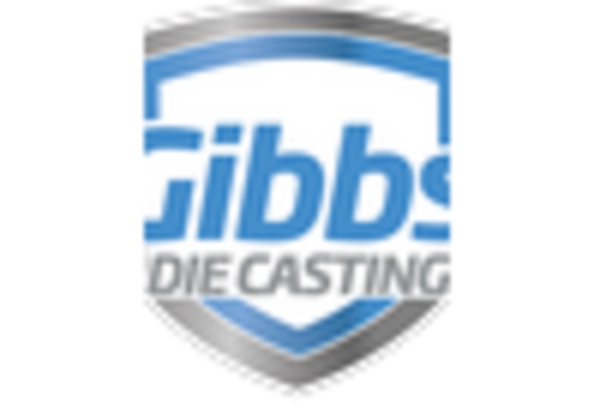

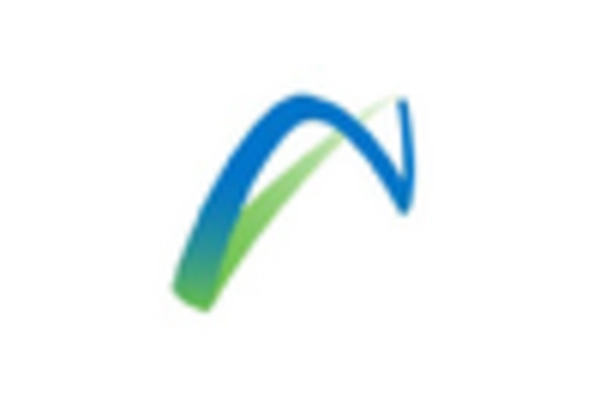








Leave a Comment